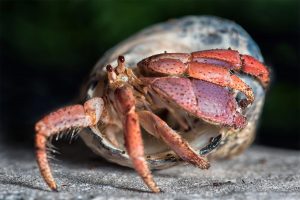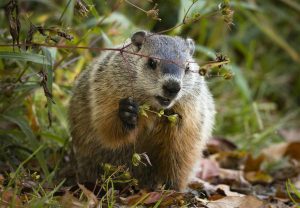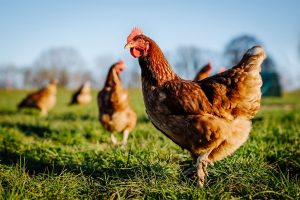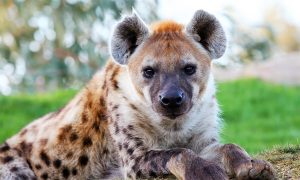
37 interesting facts about jackals
- 👁️ 1050
Jackals, often shrouded in myth and legend, are among the most intriguing members of the canine family. These adaptable creatures have carved out a niche in diverse habitats across Africa, the Middle East, and parts of Asia, showcasing remarkable versatility in their behavior and diet. Jackals are known for their cunning and wily nature, traits that have permeated folklore in many cultures they inhabit. Despite being less celebrated than their larger relatives, such as wolves and coyotes, jackals play a crucial role in their ecosystems as both predators and scavengers. Their social structures, vocalizations, and interactions with human environments offer fascinating insights into the adaptability and resilience of canids. Here are 37 interesting and informative facts about jackals that highlight their unique aspects and contributions to the natural world.
- There are three main species of jackals: the golden jackal, the black-backed jackal, and the side-striped jackal.
- Jackals are omnivores, feeding on a variety of foods including fruits, insects, small mammals, and carrion.
- The golden jackal’s range extends from North and East Africa, through the Middle East, and into Southeastern Europe and South Asia.
- Jackals form monogamous pairs that often mate for life.
- They have a diverse range of vocalizations used for communication, including howls, whines, and growls.
- Jackals are known to be opportunistic feeders, taking advantage of food sources in both natural and human-altered environments.
- The black-backed jackal is easily recognizable by the distinctive black fur that runs along its back and tail.
- Jackals can live up to 12 years in the wild.
- They are primarily nocturnal but can be active during dawn and dusk.
- In Egyptian mythology, the god Anubis, depicted with the head of a jackal, is associated with mummification and the afterlife.
- Jackals are capable of running at speeds up to 16 km/h (10 mph).
- The side-striped jackal is found in Central and Southern Africa and prefers moist savannas and marshes.
- Jackals often use abandoned burrows of other animals as their dens.
- They play an important role in controlling rodent populations.
- Golden jackals are the most widely distributed of the three species.
- Some jackal species are known to form temporary packs to hunt larger prey.
- The gestation period for jackals is about two months, with litters typically consisting of 2-4 pups.
- Jackals are adept at surviving in arid environments and can go without water for extended periods.
- They have excellent hearing, with ears that can detect prey underground.
- Unlike many other canids, jackals do not form large packs.
- The diet of jackals can vary greatly depending on their habitat and the availability of food.
- In some cultures, jackals are symbols of cunning and trickery.
- Jackals have been observed participating in cooperative hunting strategies.
- They are susceptible to diseases such as rabies, which can also affect domestic animals and humans.
- The fur of jackals is sometimes used in traditional clothing and ceremonial attire.
- The golden jackal’s habitat is expanding into Europe, where they are becoming more common.
- Jackals’ adaptability allows them to live in close proximity to urban areas.
- They have a strong sense of smell, which aids in locating food and avoiding predators.
- Jackals can interbreed with domestic dogs, although this is rare.
- They are skilled swimmers, capable of crossing rivers and lakes in search of food.
- In some African folklore, the jackal is often cast as a clever protagonist or trickster.
- The black-backed and side-striped jackals are more solitary and less social than the golden jackal.
- Conservation status of jackal species varies, with the golden jackal being of least concern, while others face habitat loss.
- Jackals communicate with their mates and offspring using distinctive calls.
- They have a hierarchical social structure within their family groups.
- Jackals have been featured in various works of literature and art throughout history.
- Despite their adaptability, jackals face threats from habitat destruction and persecution.
Jackals are remarkable creatures that exhibit a wide range of behaviors and adaptations allowing them to thrive in diverse environments. Their social structures, diet, and interactions with humans reveal the complexity of their lives and the importance of their role in natural ecosystems. As cunning survivors, jackals navigate the challenges of their habitats with grace and resilience. These 37 facts offer a glimpse into the world of jackals, highlighting their significance and the need for continued conservation efforts to ensure their survival and well-being. Through understanding and appreciating these often-overlooked members of the canine family, we can better support the balance of the ecosystems they inhabit.











